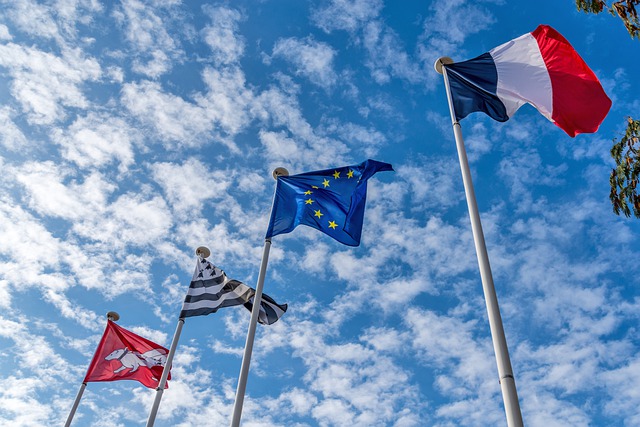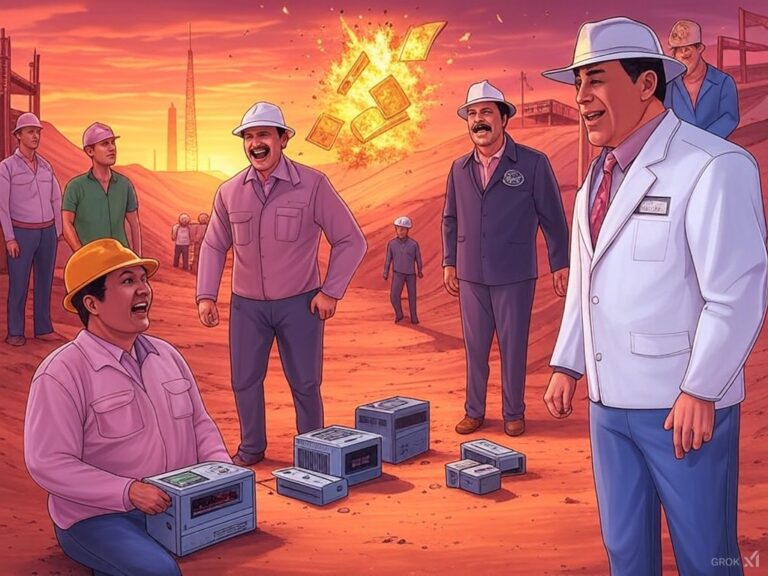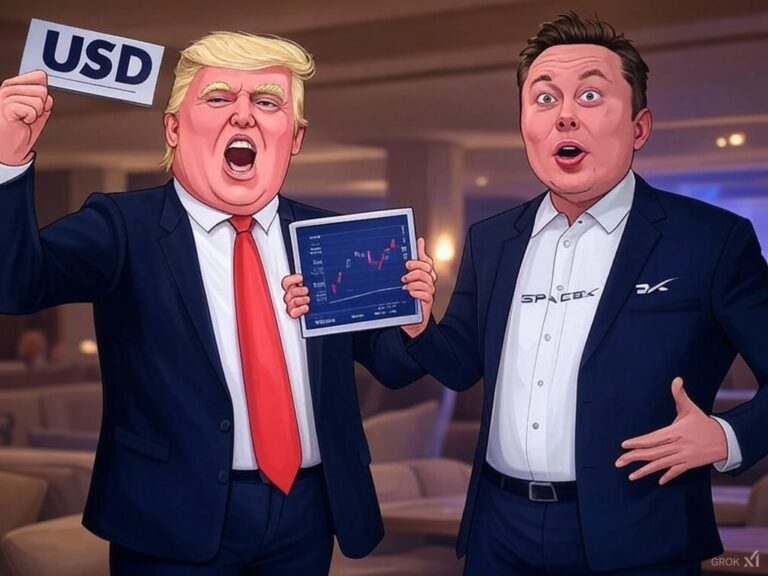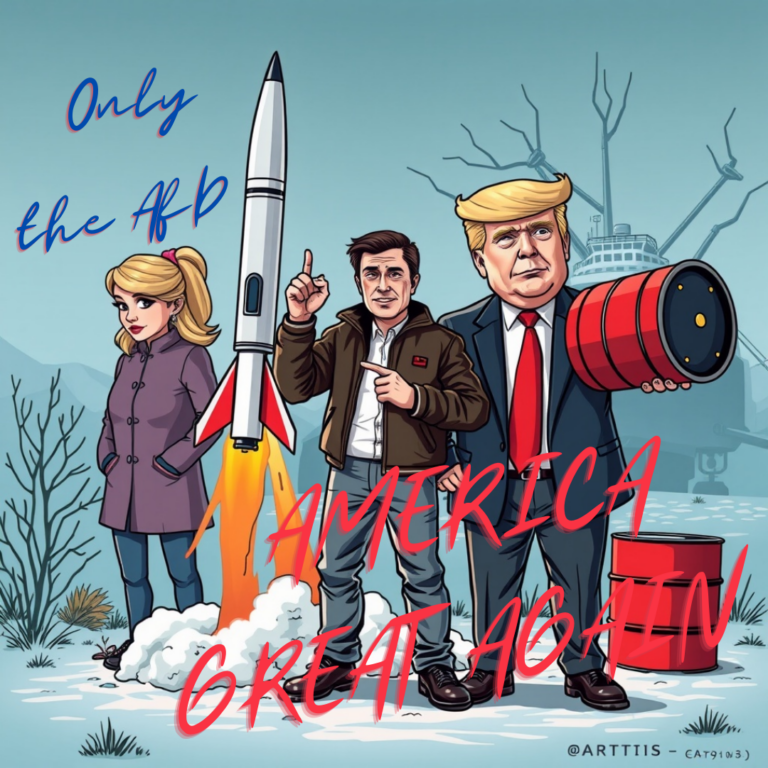Critical raw materials, including rare earths in particular, are essential for many industries. Above all, a digital, climate-neutral and energy-efficient economy is unthinkable without rare earths.
However, as is the case for most important raw materials, China is also the leading producer country for critical raw materials and in particular for rare earths. As a result, the European economy as well as the EU’s climate goals are highly dependent on the People’s Republic of China.
At the latest, the Corona-related supply chain difficulties and the accompanying chip shortage clearly show how explosive and dangerous this can be for Europe. Now, the EU Parliament is finally addressing a new European strategy to meet Europe’s critical raw material needs.
Rare earths – not rare, but mining is critical
Among critical raw materials, rare earth metals occupy a very special position. They are urgently needed for almost all future-oriented, climate-friendly and energy-efficient technologies.
Despite their name, rare earths are not as rare as the name suggests. In fact, rare earths are found on all continents of this earth. However, their dismantling has its pitfalls in several respects.
For one thing, not all deposits are productive enough to be commercially viable. On the other hand, their mining is not without environmental consequences.
So for a long time it was more than practical for the EU to import the important raw materials from other producing countries. At the latest, however, the Corona crisis and, above all, the goal of climate neutrality have highlighted the disadvantages of imports, so that a rethink and a reduced dependence of the EU on the main producing countries are urgently needed.
Increasing demand and import dependency urge rethink
Currently, rare earths and other critical raw materials must be largely imported to meet the needs of the European economy. More than 60 percent of the raw materials required currently come from China.
But the EU’s dependence on China is extremely risky. For example, the People’s Republic’s new five-year plan includes the right to restrict exports of rare raw materials at any time because of domestic demand.
Another 20 percent of the raw materials needed come from Russia, with the rest imported from Kazakhstan, Morocco and other African countries.
But demand for rare earths and other critical raw materials is estimated to increase by more than 50 percent by 2030.
Strategies for more import independence
In order to achieve greater import independence, the EU is relying on three basic strategies that are intended to complement each other.
One is to increase efforts toward a circular economy in which resource recycling plays an important role. To this end, member states are to build strategic stockpiles of critical commodities.
But this alone will not be enough to reduce import dependence as demand increases. Therefore, the mining of critical raw materials in Europe will also have to play a greater role in the future. Nevertheless, mining in Europe is to remain “strictly limited” in the future and its environmental impact is to be rigorously reviewed.







